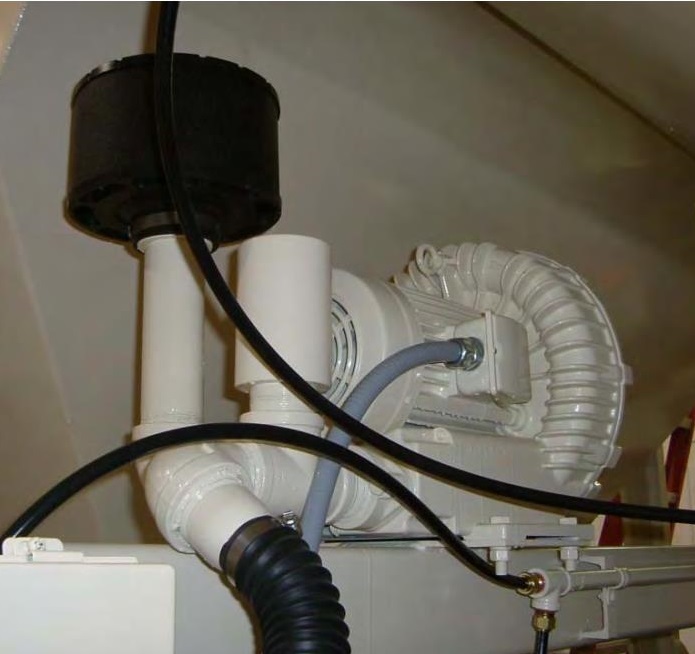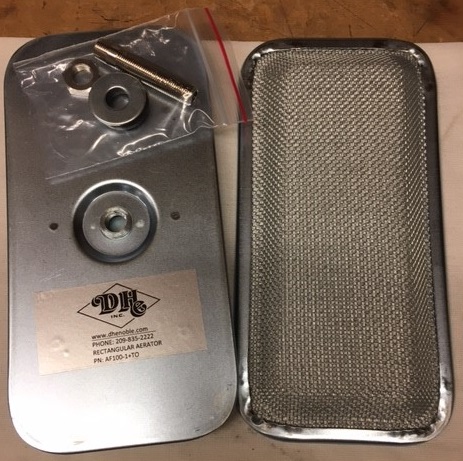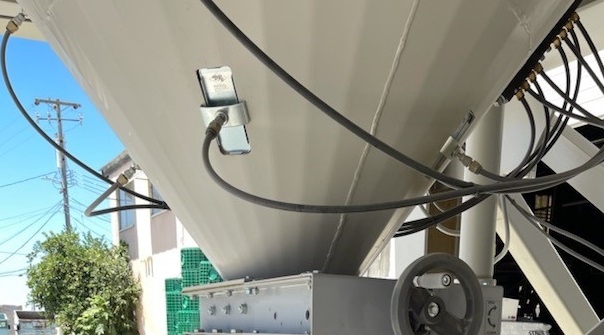
Cement Silo Aeration - Fuji Blower
September 15, 2020Cement silos can come in many shapes and sizes, but a common denominator of silo aeration is the use of a low pressure, high volume, dry air. To begin with, non-aerated cement has a volume weight of 94 lbs. per cubic foot; i.e. one sack of cement at Lowes is 94 lbs. However cement needs to be aerated or fluffed to approximately 74 lbs. per cubic foot in order for it to flow consistently. Although some concrete batch plants will use the plant air compressor with a water trap, the preferred aeration process is to incorporate a separate dry aeration blower. Plant air is compressed and gets hot in temperature while being produced and then when it cools at night condensation in the tank forms accumulating to moisture or water that is then sent throughout the plant air lines to the individual components.
A typical 5 Fuji hp dry air blower produces 125 CFM @ 15 psi. Because the air is not compressed, no moisture is added to the air stream. Silo aeration pads are a preferred way of aerating the cement because of the 4”x6” pad surface disperses a larger volume of air into the cone of the silo. Typically a silo cone will have 2 rows of 4 aeration pads. The pads are in line and from a plan view would be located at 12 – 3 – 6 – 9 o’clock. The first set of pads should be 24” up from the cone, and the 2nd row of pads would be 24” above the first.

